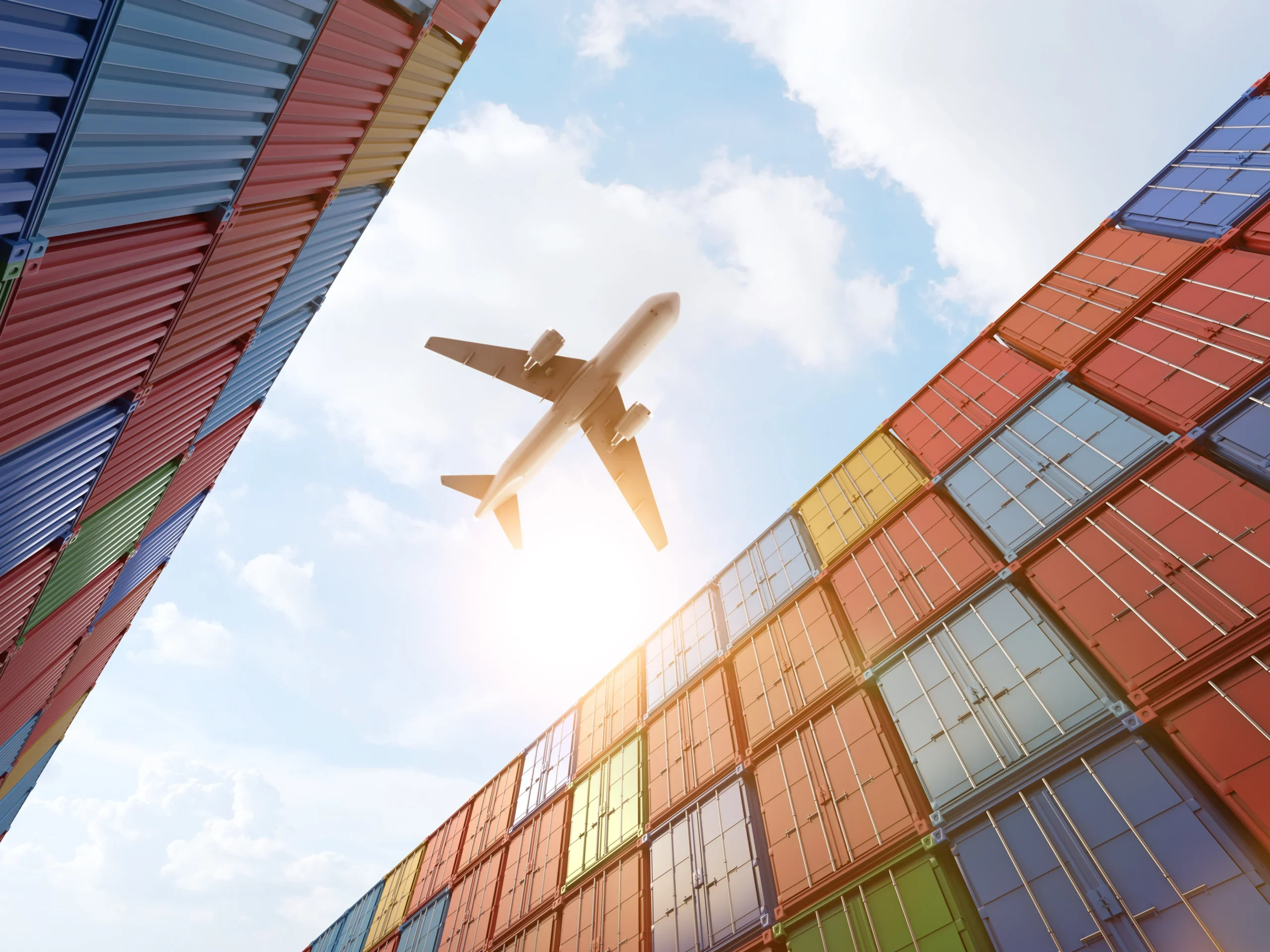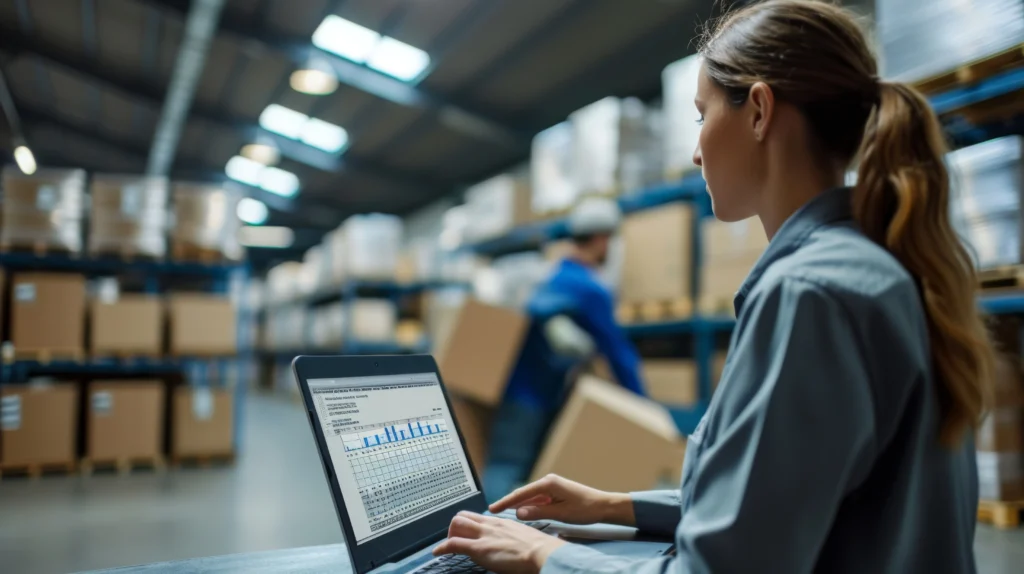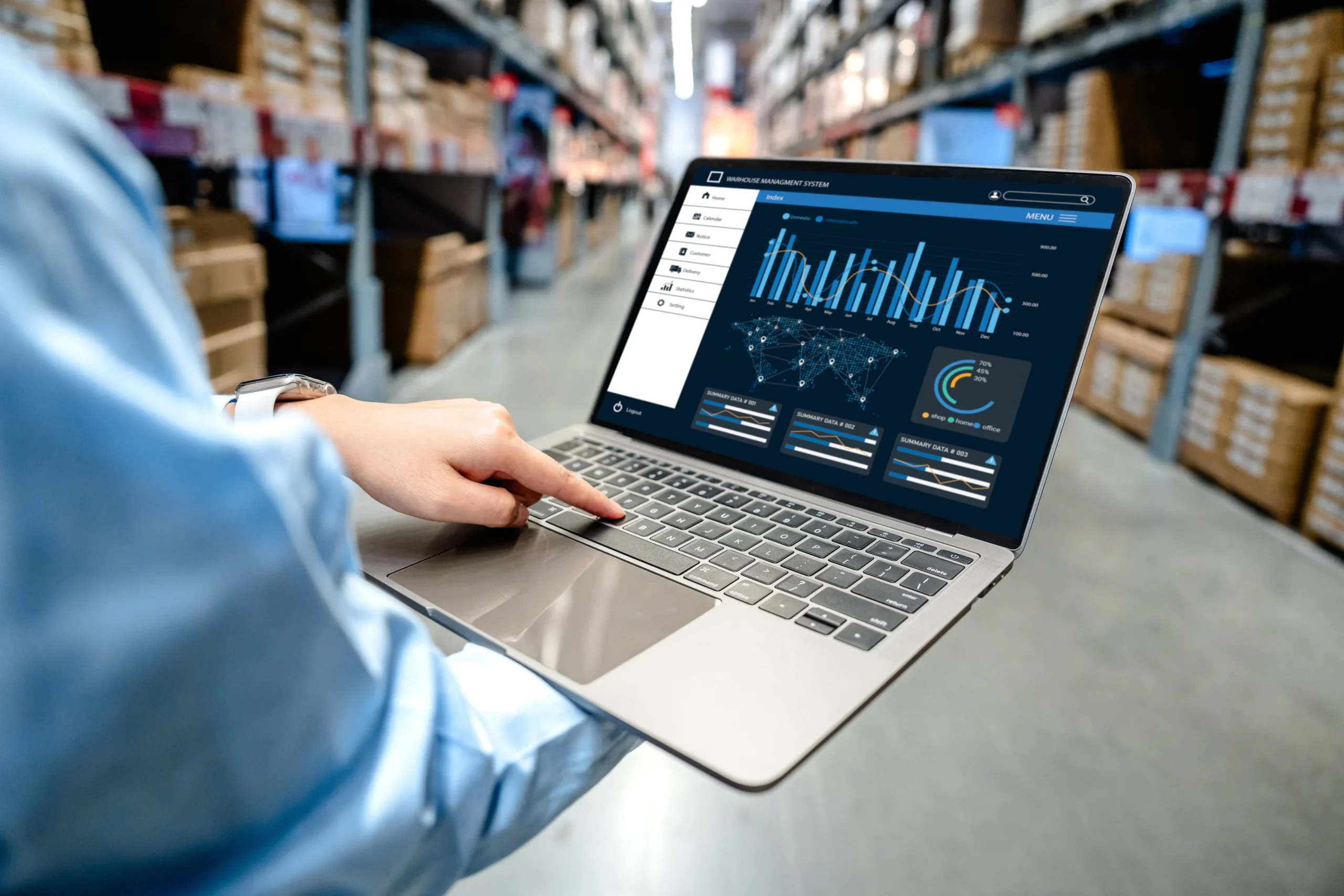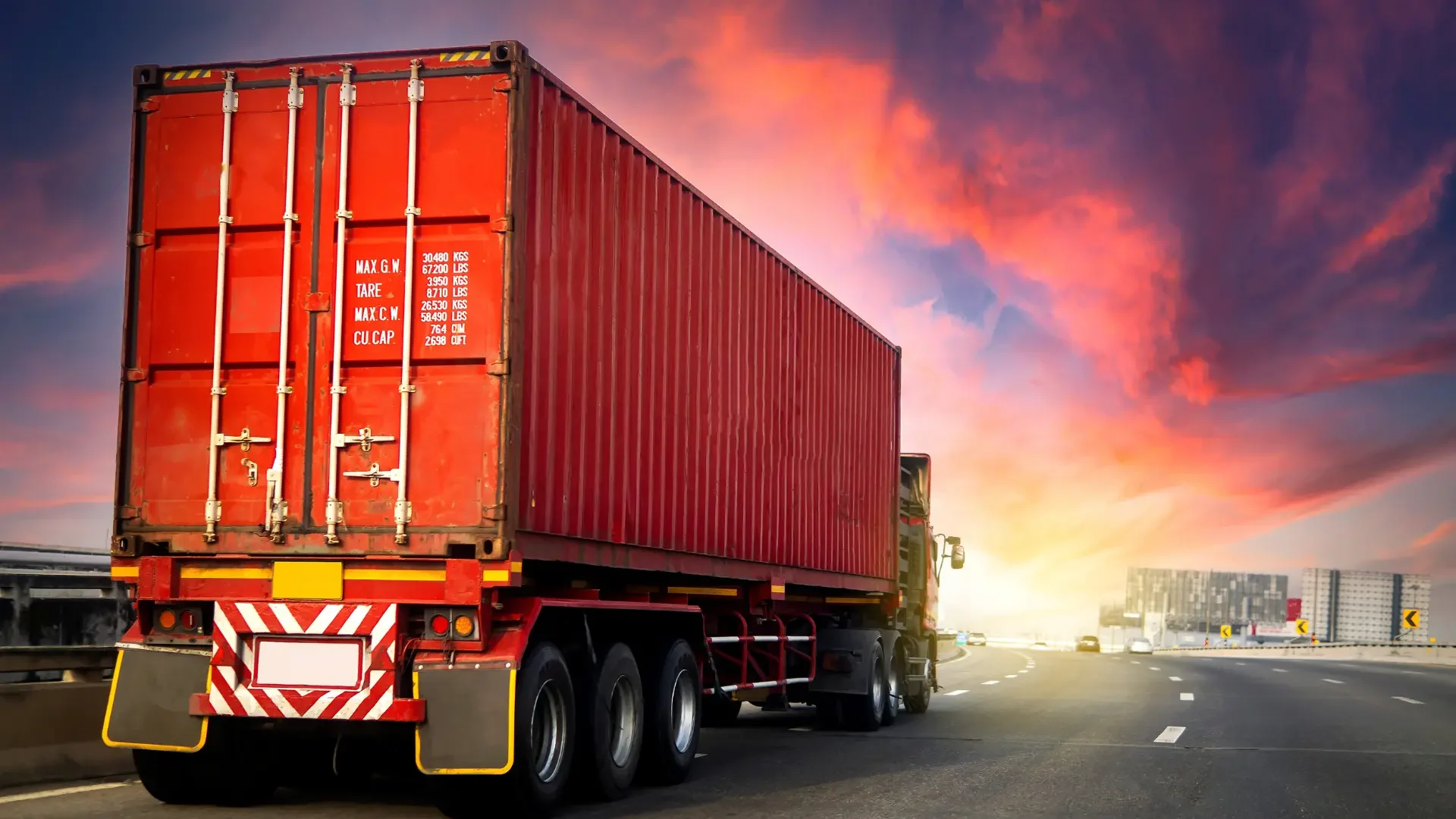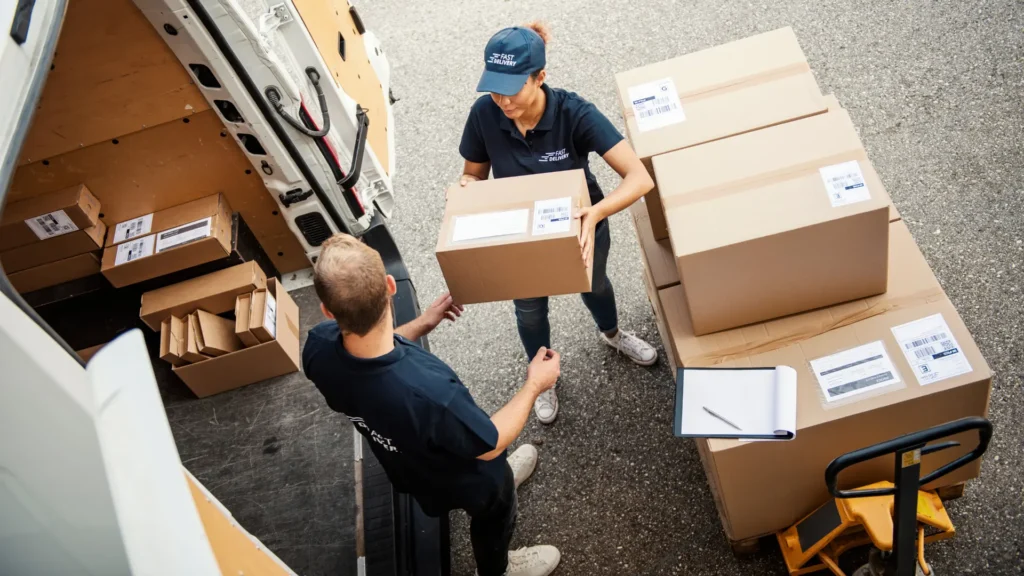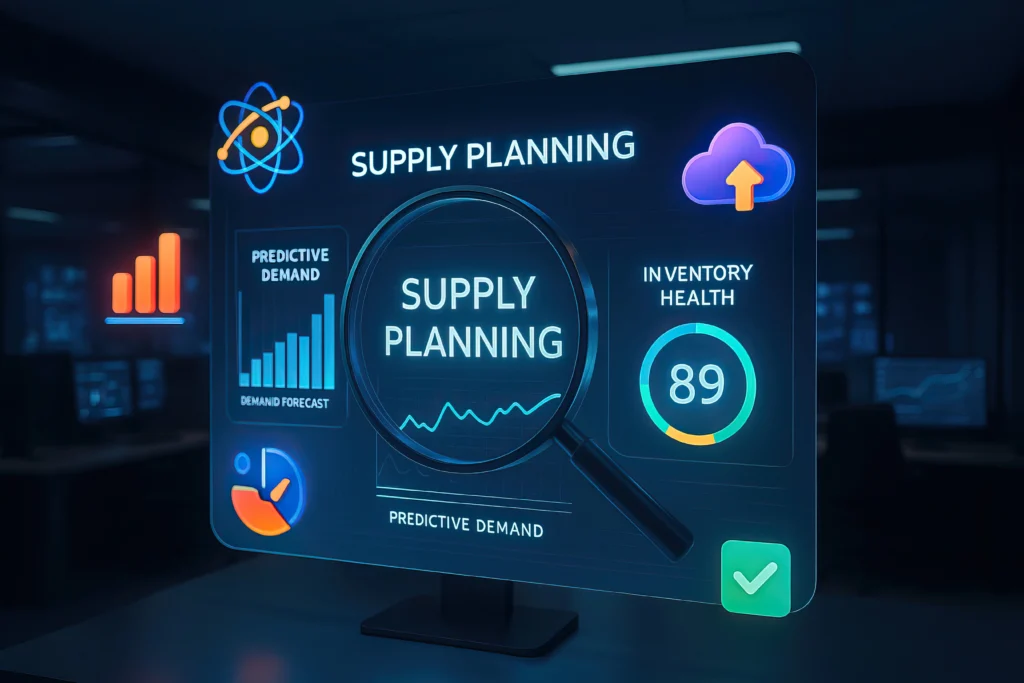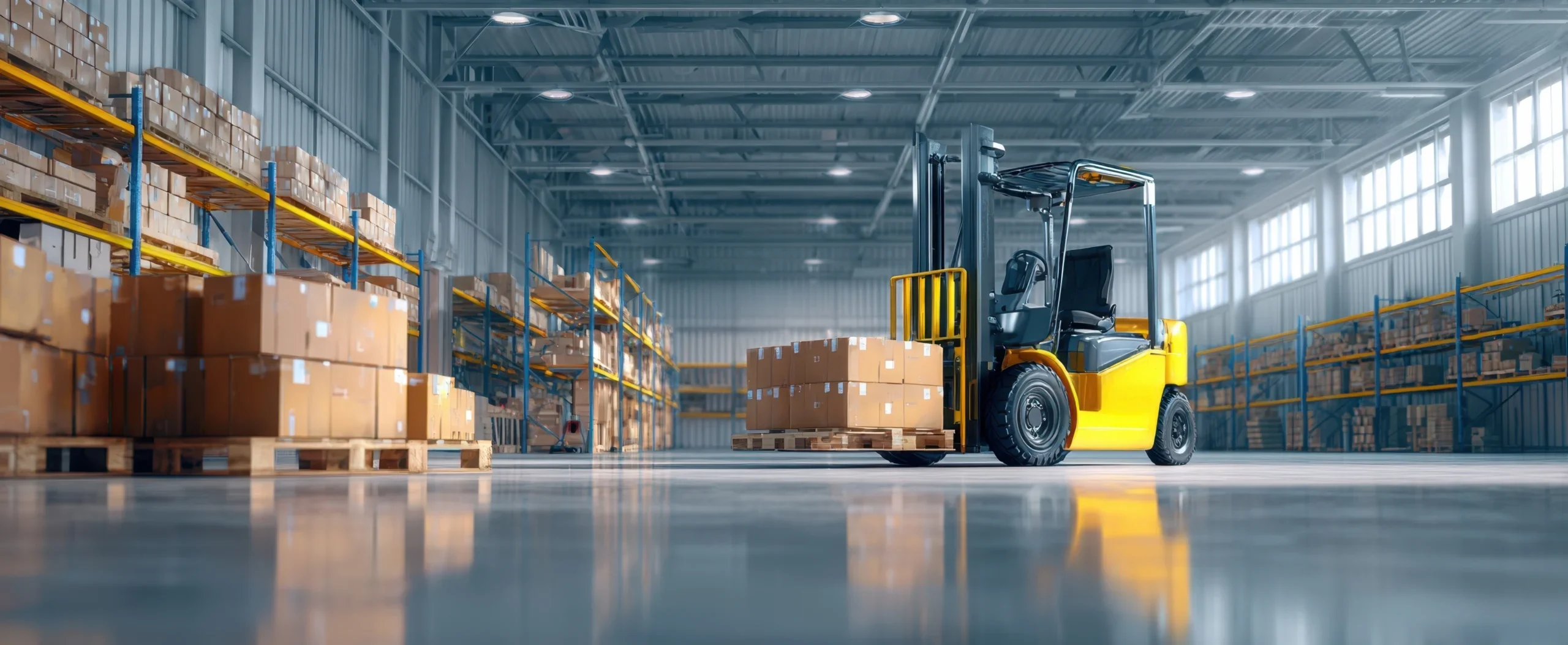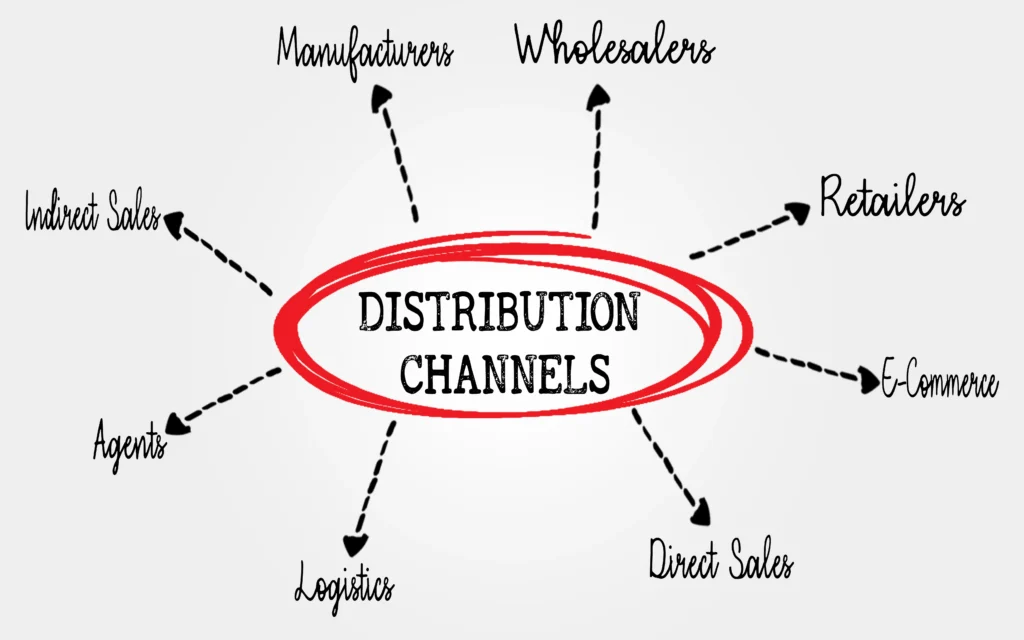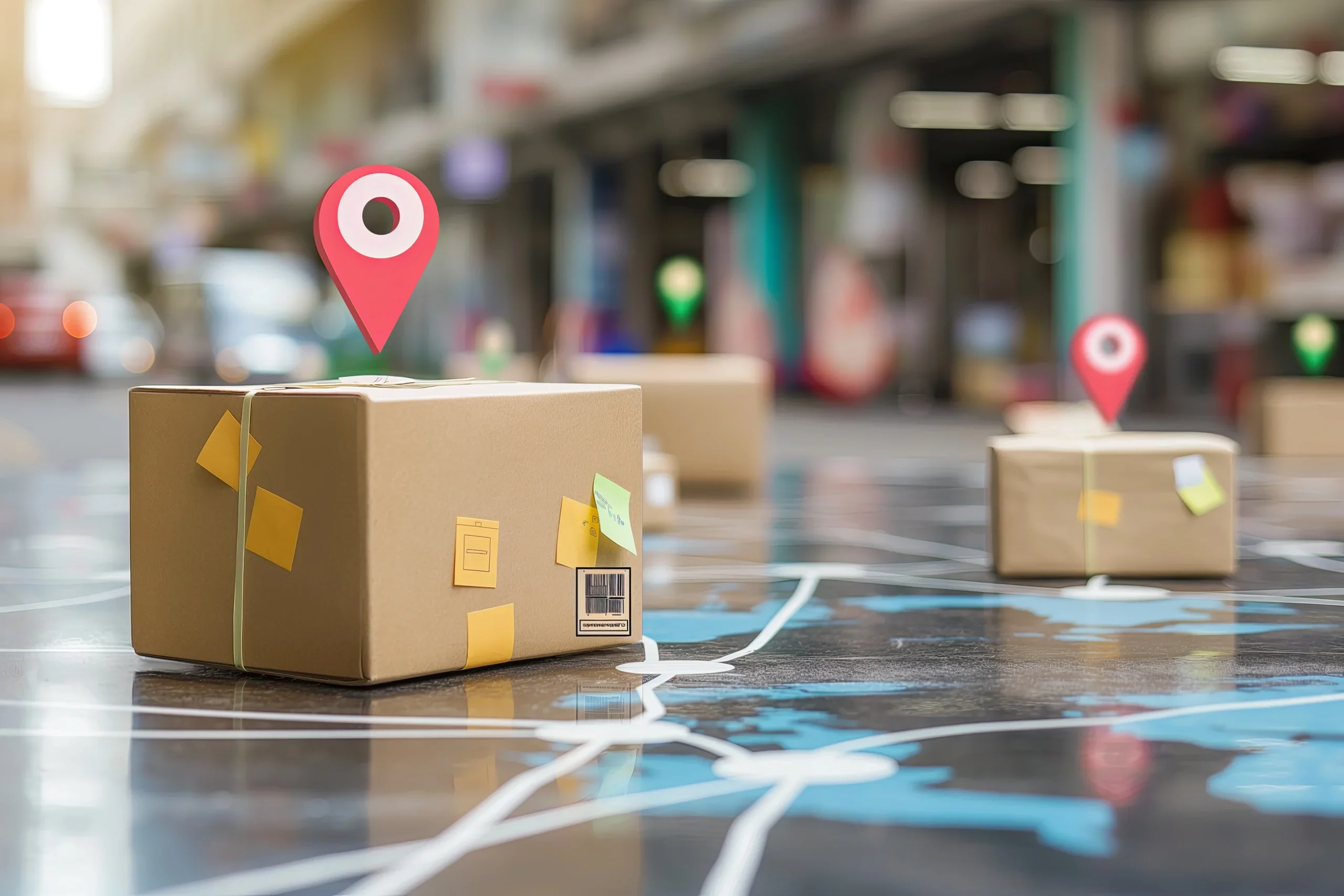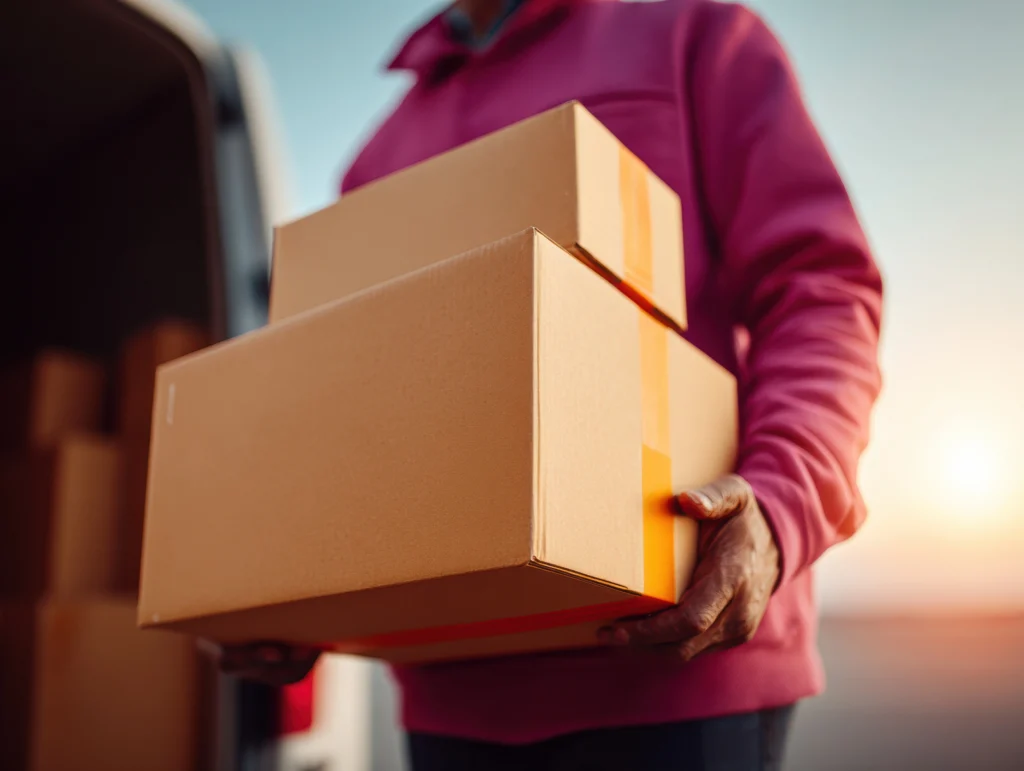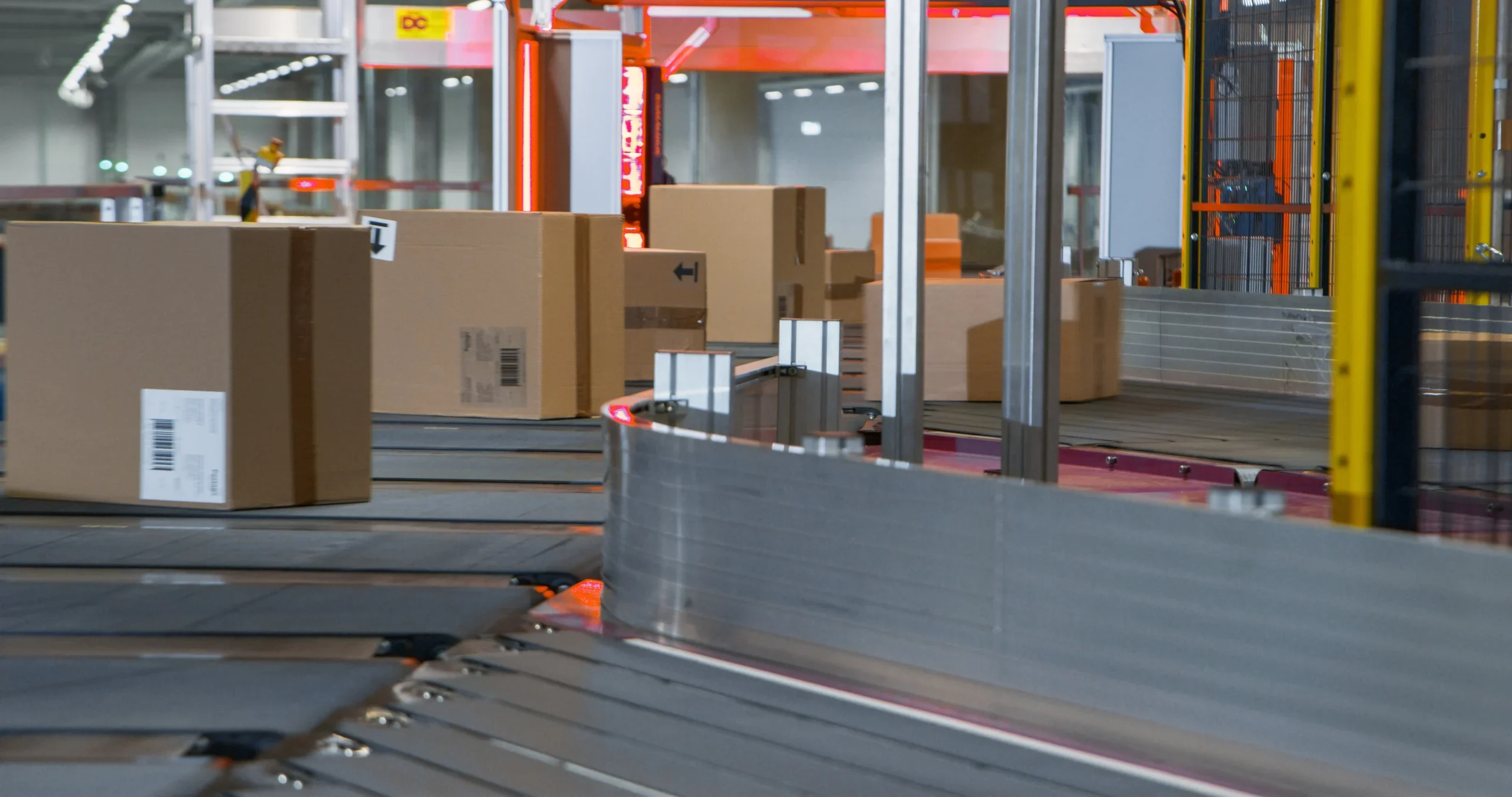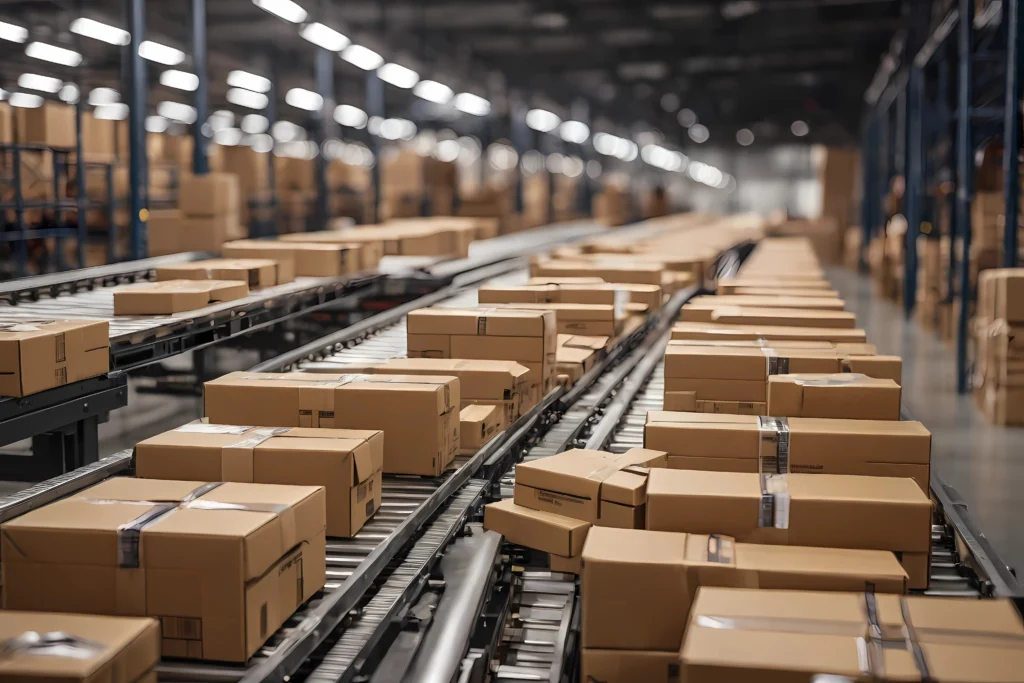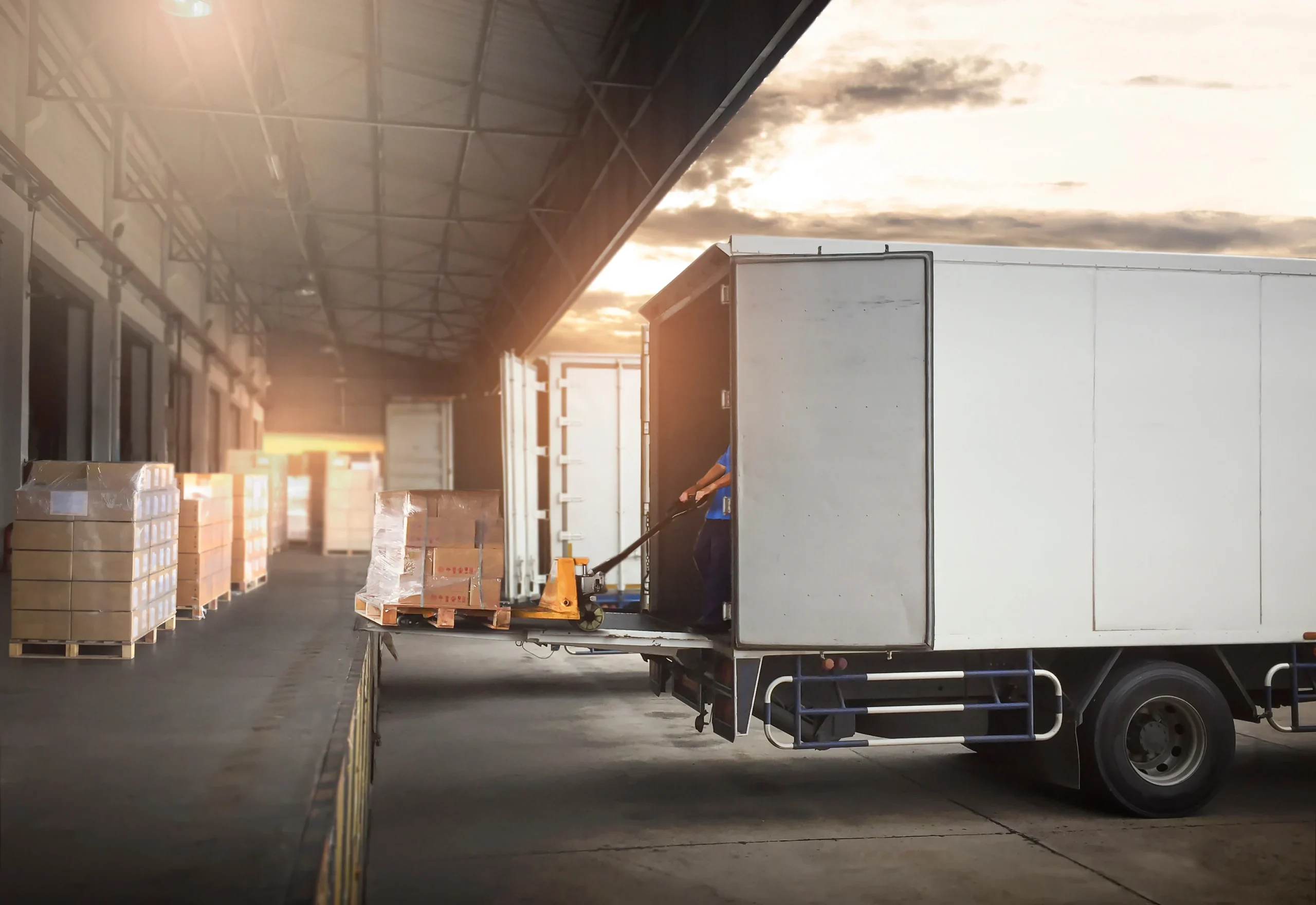Why Importers Are Choosing TEU Global for Faster, Smarter Air Freight & Distribution—7 Real-World Reasons
If you work in international shipping, you already know that Air Freight has changed dramatically over the last few years. Faster transit times matter more than ever, and importers across the U.S. and Canada are looking for ways to make their supply chains more predictable. Many companies that once relied on a mix of vendors—one for Air Freight, another for warehousing, a third for final delivery—are now shifting toward a simpler, all-in-one model.
At TEU Global, we’ve seen this change up close. Importers are tired of juggling multiple points of contact, repeatedly explaining their requirements to different teams, and losing time every time a shipment gets stuck between vendors. This is exactly why more businesses now choose TEU Global to handle their Air Freight, storage, fulfillment, and last-mile delivery under one coordinated flow.
If you’ve watched our recent YouTube video on this topic, you probably noticed one thing: importers aren’t just looking for speed—they’re looking for control.
Here are seven practical reasons why companies are trusting TEU Global for Air Freight and end-to-end distribution.
1. Air Freight and Distribution Under One Roof
One of the biggest frustrations importers faces is managing separate vendors for Air Freight, warehousing, and local delivery. Whenever one party drops the ball, everything slows down.
TEU Global handles everything with a single operational system—your cargo lands clears, moves into one of our facilities, and gets delivered without hopping across different vendors.
Explore our services.
2. Faster Turnarounds After Cargo Lands
Air Freight is only truly “fast” if the ground handling is fast too. Some freight arrives on time but sits for days because the warehouse is delayed or the trucking partner doesn’t have capacity.
With TEU Global, cargo intake, processing, and outbound delivery all move within the same workflow. That means fewer idle hours and smoother planning.

Explore our Warehousing and Distribution Services.
3. Real-Time Visibility Without Extra Apps
Air Freight shipments are time-sensitive, so every importer wants real-time updates. But nobody wants another complicated app or password to manage.
TEU Global provides clean, straightforward tracking and live updates without making you jump across multiple dashboards.
It’s visibility without the headache.
4. Lower Total Costs Despite Using Air Freight
Air Freight itself is premium—but the surrounding costs don’t need to be. When importers split their supply chain across different vendors, they often end up paying more in:
- Storage fees
- Handling charges
- Multiple trucking movements
- Coordination delays
By integrating Air Freight with downstream distribution under TEU Global, many unnecessary expenses simply disappear.
5. Fewer Delays, Clearer Accountability
Anyone who imports by air knows how quickly things can go wrong when too many parties are involved: missed pickups, lost paperwork, late dispatches, or poor coordination.
TEU Global reduces these risks by keeping everything under one operational structure. Instead of three companies pointing fingers, you get one team that takes responsibility for the outcome.
6. Custom Programs for Retail Deliveries, DDP, and Express Handling
Air Freight often supports urgent restocks, retail orders, and customer-specific programs. These shipments usually come with tight deadlines or strict compliance rules.
TEU Global creates custom delivery programs for:
- Retail distribution centers
- DDP and DAP setups
- Urgent B2B replenishments
- High-value Air Freight cargo
- Temperature-sensitive or fragile shipments
Because our team manages the cargo flow end-to-end, we can adjust quickly to your business cycles.
7. A Logistics Partner Who Understands Your Why
Honestly, Air Freight is not just about “fast shipping.” It’s about protecting your inventory cycle, avoiding stockouts, supporting marketing launches, and maintaining your customer promises.
That’s why TEU Global assigns a dedicated team that learns the rhythm of your business, your peak seasons, your release schedules, your warehouse constraints, and what matters most to your customers.
It’s a partnership, not a vendor relationship.
Here are two helpful external references for readers who want broader industry knowledge:
Thinking About Streamlining Your Air Freight Operations?
If your Air Freight shipments feel too scattered or if delays happen simply because too many teams are involved TEU Global can help you simplify the entire workflow from the airport to the final customer.
You can also watch our related video on YouTube, where we explain how Air Freight integrates into our distribution model at TEU Global.
Whenever you’re ready to make your Air Freight flow smoother and more predictable, our team is right here to help you out.
